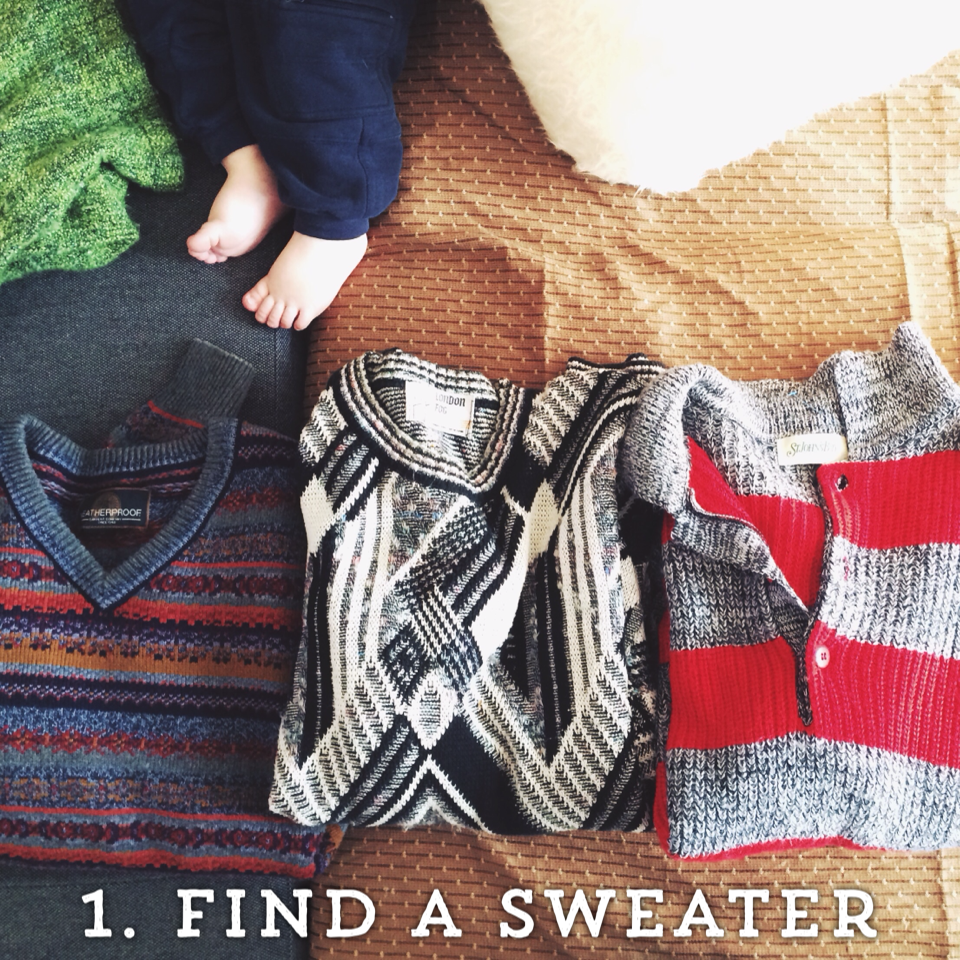In an attempt to rid our home of unnecessary chemicals, I discovered dryer balls. They are wool balls that have been felted. Think of the time you washed something wool and it came out doll-sized and stiff; that's felting. I use them in place of dryer sheets.
With their bouncing action and absorptative properties, dryer balls cut the drying time of your clothes down substantially. They also combat static, but I throw in a couple large balls made of tinfoil for good measure. I love how soft it makes our clothes!
So, how many do you need? Well, it's up to you! I use 8 tennis ball-sized balls with each load. You could use more or less. I like to have a bunch, as they tend to sneak out of the dryer one at a time with the laundry.
One thing to note, you must use 100% pure wool. No blends, and no Wool-Ease (wool that is designed to be washed). You could also unravel that super itchy sweater you never wear and repurpose the yarn for this project.
Dryer balls are a super easy and fun project to make. Gather your supplies, put on a movie, and start wrapping!
Skill: Very Easy
3. Wrap! This is the dull part. Hence the movie. Have a "ball" with your friends and make them together. Friends always share their balls. In no time, you'll all be ballers. Shot callers.
Engh! Much wrapping. So yarn. Wow.
8. Then, grab those old panty hose, cut off a leg, and stuff your yarn ball into the toe, knotting the nylons up between balls. Oh, you knotty balls!
The yarn fibers bind together, and you can no longer pull the threads away when you pinch the ball.
Time: 10-20 minutes per ball, depending on size desired
Materials: pure wool yarn, crochet hook, pair of old pantyhose
(There are many other similar tutorials online, mine is just one of many.)
1. Start the ball by wrapping the yarn around two fingers 5 times.
2. Slide the yarn off your fingers and wrap it cross-wise five more times. Then, pinching your little starter, continue to wrap the yarn around and around.
3. Wrap! This is the dull part. Hence the movie. Have a "ball" with your friends and make them together. Friends always share their balls. In no time, you'll all be ballers. Shot callers.
Engh! Much wrapping. So yarn. Wow.
5. The finished yarn ball, wrapping stage. Your balls may be smaller or larger.
I won't judge you either way.
6. Now, fetch that crochet hook your grandmother gave you for your 12th birthday that you have always felt guilty for never using. Use it to pull the tail of your yarn ball through the wrapped yarn. If you don't own a crochet hook, go find a pirate and ask them to help you.
7. Trim the end of the yarn, as close to the ball as you can.
8. Then, grab those old panty hose, cut off a leg, and stuff your yarn ball into the toe, knotting the nylons up between balls. Oh, you knotty balls!
9. Once you have your balls made and stuffed into the pantyhose, throw them into the wash with your other laundry. The hotter the water, the faster they'll felt. It may take up to 3-4 cycles to get them felted.
What does it look like when they felt?
The yarn fibers bind together, and you can no longer pull the threads away when you pinch the ball.
Congratulations! You now have a batallion of dryer balls. Cut them free of the nylons, and throw them into their inaugural dryer load. Then listen to the sweet sound of money, and the environment, being saved.
Now, please join me in rockin' out to AC/DC:















































